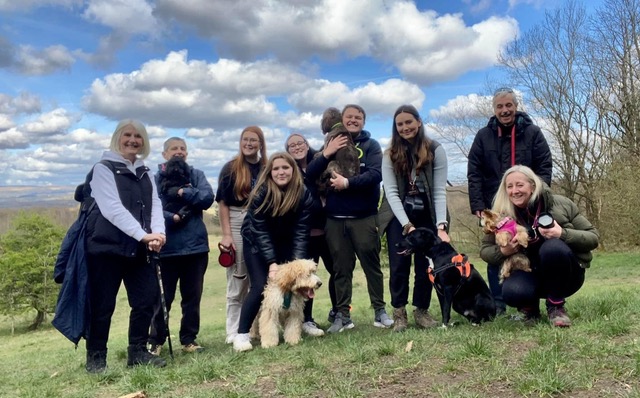By Sandra Fietkau, Leonberg, Germany
About five years ago I learned about the idea of gathering people around a person to help her solve problems or achieve a goal. What a great thing! I was stunned by the excellent stories of success of circles of support that immediately convinced me that circles are a great thing to have.
But why had I never heard of circles before, why weren’t there any circles of support in my little world? How could we spread the word and get more circles going in Germany?
This brought me to the idea of focusing on circles for my doctorate: doing international research, talking to people in Canada, in the US, in England and in Germany to learn from their experience of circles of support. Why these countries you may ask? Well, it was from these countries that the idea of circles eventually came to Germany: the first circle ever was for around a woman called Judith Snow in Canada. From there the idea spread to the US and to England – and this is how we in Germany learned about circles.
As people with disabilities can benefit a lot from having an active circle of support in order to be able to live a self-determined life, I decided to focus on circles for this particular group of people. By now, I have had the pleasure to talk to people from each of the four different countries – people that like and spread the idea of circles of support, focus persons, members of circles and facilitators. They all had great stories to tell and showed me that there is no dream too big for a circle. As long as there are people in the circle that love and care for the focus person and work together to get things going, nothing is impossible.
In order to be able to compare the interview findings, I am also looking at the social system in each of the countries (What services are provided for people with disabilities? How are they funded?) and the situation for people with disabilities in each of the countries (What is their social status – are they active, contributing citizens and a part of public life, or are they regarded as ‘service users’ and ‘benefit recipients’ that don’t have much to offer to our society?). From what I learned so far, it is important that circles work in a positive environment, created by the state and the general public, that enables them to achieve positive changes for the focus person.
But what is the ‘true secret’ behind a circle of support? How can people be invited and gathered for a circle of support and how can they work together? These are some of the questions that I ask during the interviews and although I am not yet done with the evaluation, I have a few preliminary findings:
- It is important that somebody is in charge of making sure that every member of the circle can contribute and knows what is going on. This can be either the focus person, another member within the circle or an external facilitator.
- A good circle of support needs active members that see what their contribution is, who take their role seriously, but also get something out of contributing to a circle for themselves – often it is that mutual support that has the most benefit for all the members of a circle.
- Above all, a circle needs to celebrate – either because things have worked out and it is time to celebrate achievements, or because things have not yet worked out and it is important to celebrate anyway.
Each circle looks different and there are certain differences between the countries, but altogether I learned that it is possible (and not difficult) to gather people together. It doesn’t take magic! Sometimes they stick around for a long time. Sometimes they just work together for a short while, but a good circle of support will definitely be a good experience for everybody involved.
This blog site is brought to you by Community Circles. If you want to learn more about Circles of Support from Community Circles, like us on Facebook and follow us on Twitter.






